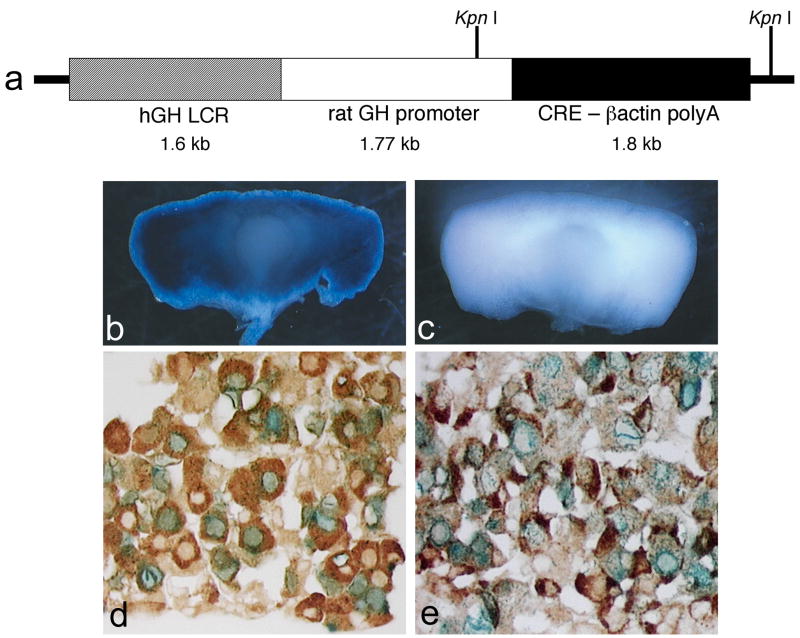Figure 1. Structure and function of Tg(Gh-cre)SAC1 transgene.
A total of 1.6 kb of the human growth hormone locus control region was cloned upstream of a 1.77 kb fragment containing the rat growth hormone promoter, the cre recombinase coding sequences, and the beta-globin poly adenylation and terminator sequences (a). Pituitaries of adult mice doubly transgenic for Tg (Gh-cre)SAC1 and the Rosa26 floxed stop lacZ reporter mouse strain stained blue with X-gal indicating cre-mediated recombination (b), while cre transgene negative mice carrying the reporter have no X-gal staining (c). Tg(Gh-cre)SAC1 mice were mated to the cβ-actin-CMV-floxed stop NLS-LacZ reporter and tissues from doubly transgenic progeny stained with X-gal (Cushman et al., 2000). Nuclear localized blue staining, evidence of cre activity, is detected in cells immunostained for GH (d) and PRL (e). Black arrows identify hormone-positive cells with cre activity, and white arrows identify hormone-positive cells without cre activity.

